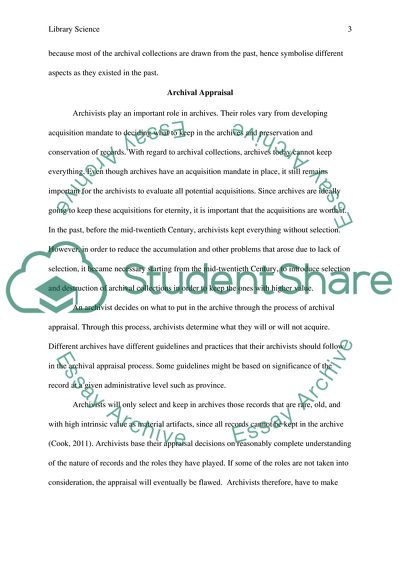Cite this document
(Differences Between a Library and an Archive Literature review, n.d.)
Differences Between a Library and an Archive Literature review. https://studentshare.org/information-technology/1842469-library-science
Differences Between a Library and an Archive Literature review. https://studentshare.org/information-technology/1842469-library-science
(Differences Between a Library and an Archive Literature Review)
Differences Between a Library and an Archive Literature Review. https://studentshare.org/information-technology/1842469-library-science.
Differences Between a Library and an Archive Literature Review. https://studentshare.org/information-technology/1842469-library-science.
“Differences Between a Library and an Archive Literature Review”. https://studentshare.org/information-technology/1842469-library-science.


